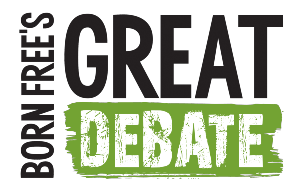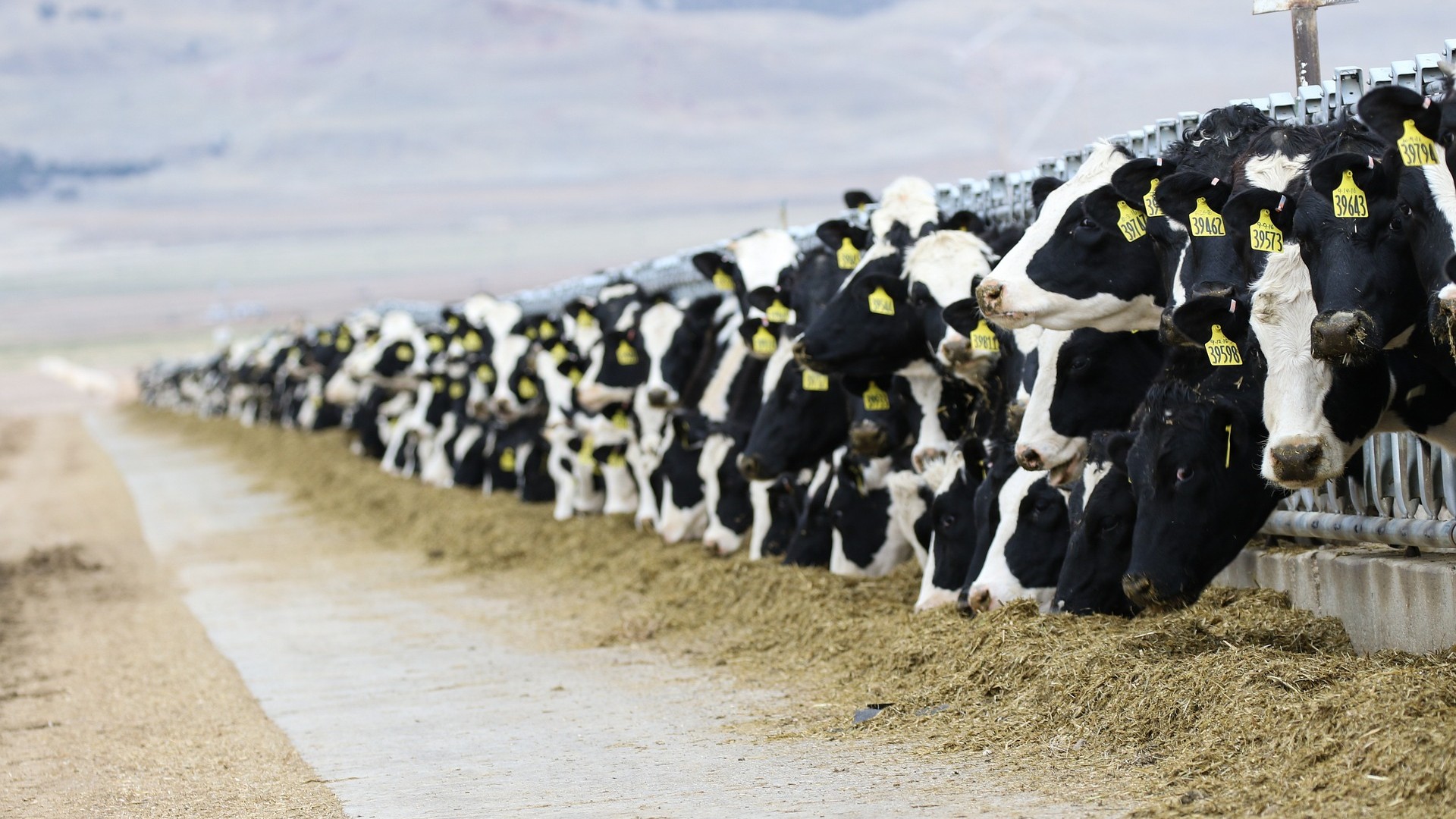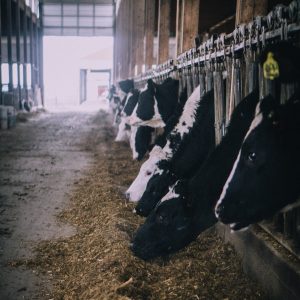Why is livestock farming contentious?
Globally, 15 million square miles are currently used for livestock farming (including meat and dairy) – this is 39% of habitable land on Earth. Yet, animal products only account for 18% of global calorie intake and 34% of protein intake.
Furthermore, according to the United Nations Environment Programme, one third of global cereal production goes towards feeding livestock. If we used these calories as human food, we could theoretically feed an extra 3.5 billion people.
Along with questions around sustainable food supply, climate change, deforestation, pollution, animal welfare and water usage have also become more and more prominent concerns around this industry in recent years.
What has this got to do with wildlife?
According to the 2019 IPBES* Global Biodiversity Assessment, ‘nature and its vital contributions to people, which together embody biodiversity and ecosystem functions and services, are deteriorating worldwide at a rate unprecedented in human history’. This loss is caused by five main drivers, including changes in land use, climate change and pollution, all of which are interconnected with agriculture and livestock production.
If we, as human beings, do nothing, we are looking at a continuation of the current catastrophic decline in wildlife from which our ecosystem may never recover, with significant implications for wildlife, habitats and people alike.
 HAT DOES THE FUTURE LOOK LIKE FOR CATTLE FARMING?
HAT DOES THE FUTURE LOOK LIKE FOR CATTLE FARMING?

 Areas of study:
Areas of study: